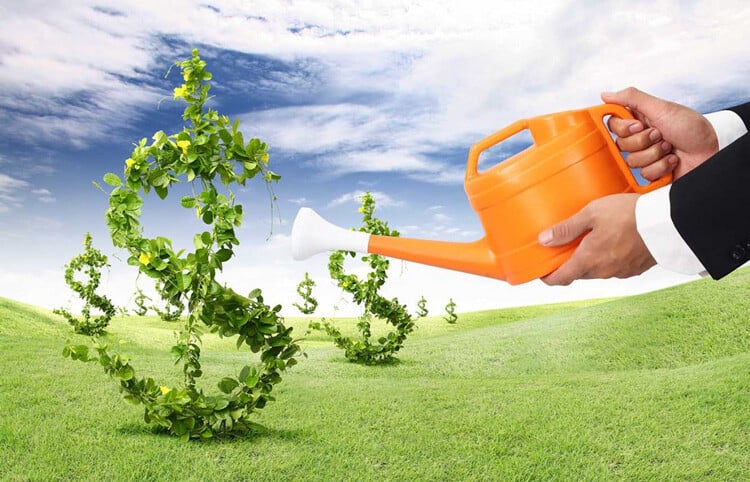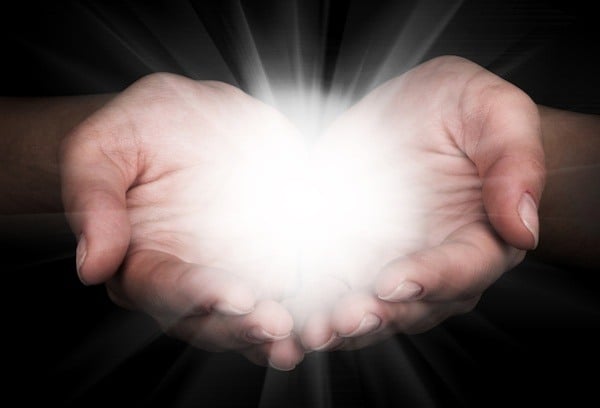Freshen Your Core Caseload to Counter Donor Attrition
#3 in the series How a Caseload Grows Over Time We have just completed a major study on how a major donor caseload behaves over time. I will address...
2 min read
Richard Perry and Jeff Schreifels : September 9, 2016

 Budget time in any organization, commercial or non-profit, is when revenue forecasts are always made. Someone will invariably say, “We need growth of X% this coming year.” And that becomes the mark that everyone needs to stretch for.
Budget time in any organization, commercial or non-profit, is when revenue forecasts are always made. Someone will invariably say, “We need growth of X% this coming year.” And that becomes the mark that everyone needs to stretch for.
Making a statement like that is worthwhile to the extent that it focuses all the labor on two things:
In major gift revenue forecasting, a common error is for some authority figure to tell the major gift team (or in the case of the organization that has one MGO, to tell the MGO) “we need X% growth this year.” This statement is made as if donors are mere spigots of money a MGO can turn on and off at will.
This is a huge problem in that the revenue number has nothing to do with the source of the revenue – the donors. And it is why Jeff and I, and our associates, counter this approach by producing revenue forecasts by donor, then by caseload, and then add it all up to arrive at the major gift program goal. You can’t produce a major gift forecast any other way. It starts with what the MGO believes the donor will and can do in the coming year, and it builds from there.
This kind of approach reveals another caseload economic dynamic – the ebb and flow of giving – a concept that many financial staff and leaders have problems with because, for some reason, it is difficult for them to accept why a donor might give less next year than what they gave this year. I know that sounds strange, but stop and think about it.
A donor is giving $5,000 a year and then faces a death or illness in the family, a downturn in her business, a change of interest in or focus on your organization, a disagreement or poor treatment, or a limit to what she can give for cash flow reasons or future planning reasons… or any number of other reasons. What is so difficult to understand about that?
Yet many major gift outsiders can’t seem to get it. Sometimes giving from a donor goes down. And we should walk with, respect and honor that donor with the same amount of interest and care when it goes down as when it goes up.
There is a mystical thing that happens when you walk with the donor during his tough times. It is proof that you really care, that your relationship isn’t just about the money, and that you value the donor as a partner, rather than as solely a source of cash.
But here’s the magical thing that happens when a MGO is treating his donors in this manner, i.e. “allowing” the natural ebb and flow of giving just to happen, rather than getting into high control and pressure mode. The bottom line takes care of itself. That’s right! What one donor can’t give, another donor makes up for and the trend line, most often, is up for the whole caseload. It is truly an amazing thing to see. It’s almost as if someone is watching out for you and rewarding you for caring about and walking with your donors.
So don’t be alarmed when the giving from a donor ebbs. Just care for that donor – love her and respect her and lift her up. And keep your focus on the great things you will do together in solving the deep hurts of the planet.
Richard
Read the whole series:

#3 in the series How a Caseload Grows Over Time We have just completed a major study on how a major donor caseload behaves over time. I will address...

#4 in the series How a Caseload Grows Over Time “Aren’t you just moving old money around?” the finance person asked, as he sought comfort that the...

This is the first in a five-part series calledHow a Caseload Grows Over Time. There are two reasons it is very important for major gift officers to...